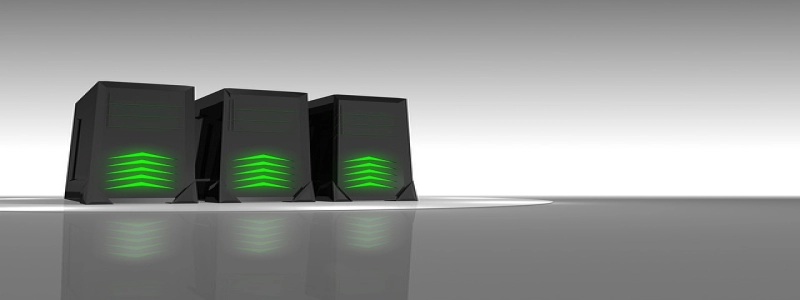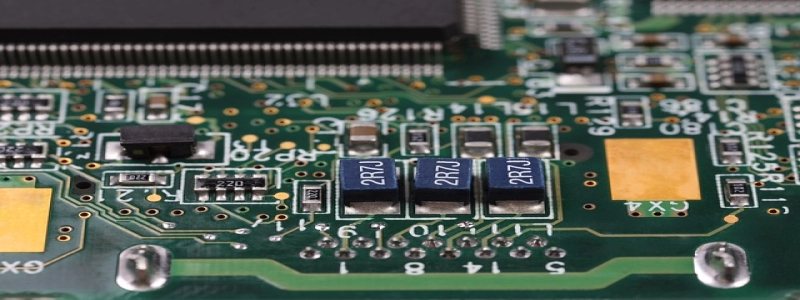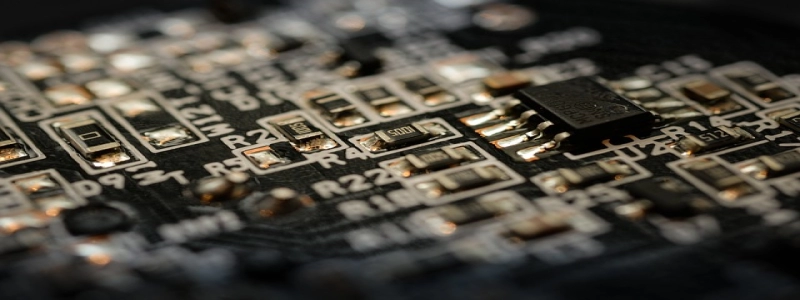When Was Fiber Optic Cable Invented
Introduction:
In today’s era of advanced technology, where communication plays a vital role in our daily lives, fiber optic cables have become an essential component of our modern infrastructure. These cables, which transmit data in the form of light pulses, revolutionized the telecommunications industry. Dans cet article, we will delve into the history of fiber optic cable to discover when it was first invented and developed.
je. Background on Early Communication Systems:
Before the invention of fiber optic cable, communication systems mainly relied on copper wires to transmit electrical signals. These traditional copper cables had limitations in terms of bandwidth, speed, and reliability. Telecommunication experts were in need of a breakthrough that could overcome these limitations and pave the way for a whole new era of communication.
II. Understanding Fiber Optics:
Fiber optics is based on the principle of transmitting light signals through a fine strand of glass or plastic, known as an optical fiber. These optical fibers are incredibly thin and can carry large amounts of data over long distances. The light signals that travel through the fiber optic cable are kept within the core of the cable due to the phenomenon of total internal reflection.
III. The Invention of Fiber Optic Cable:
The concept of using light for communication dates back to the 19th century when Alexander Graham Bell and his assistant Charles Sumner Tainter experimented with the idea of using light to transmit sound. Cependant, it wasn’t until the 1960s that the first practical form of fiber optic cable was invented.
IV. Timeline of Fiber Optic Cable Development:
– 1966: Physicists Charles Kao and George Hockham published a groundbreaking paper that proposed the idea of using glass fibers for communication.
– 1970: Corning Glass Works successfully manufactured the first low-loss optical fiber.
– Early 1970s: Fiber optic cables were introduced for commercial use in certain applications, such as military communications.
– Late 1970s: Improvements in the manufacturing process led to the development of fiber optic cables suitable for long-distance telecommunications.
– 1980s: Fiber optic cables started to replace traditional copper cables in many aspects of telecommunications.
V. Impact and Advantages of Fiber Optic Cable:
The invention of fiber optic cable transformed the telecommunications industry. It brought numerous advantages, y compris:
1. Greater bandwidth: Fiber optic cables can transmit a significantly higher amount of data compared to copper cables. This increased bandwidth revolutionized the internet and allowed for faster communication.
2. Faster speed: The speed at which data can be transmitted through fiber optic cables is nearly the speed of light. This ensures minimal latency and quicker transfer of information.
3. Fiabilité améliorée: Fiber optic cables are less prone to interference from external factors, such as electromagnetic radiation or extreme weather conditions. This makes them more reliable and less likely to experience signal degradation.
4. Longer distances: Fiber optic cables can transmit data over much longer distances without significant loss of signal quality, making them ideal for long-distance communication.
Conclusion:
Fiber optic cable was invented and developed in the 1960s and has since revolutionized the field of telecommunications. Its ability to transmit large amounts of data quickly, over long distances, and with great reliability has made it an integral part of our modern communication infrastructure. As technology continues to advance, fiber optic cables will undoubtedly play a crucial role in shaping the future of global communication.








